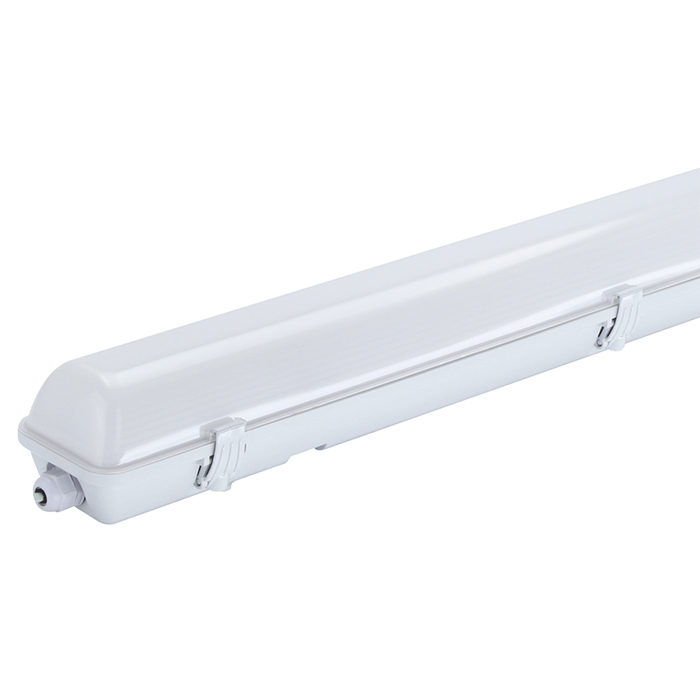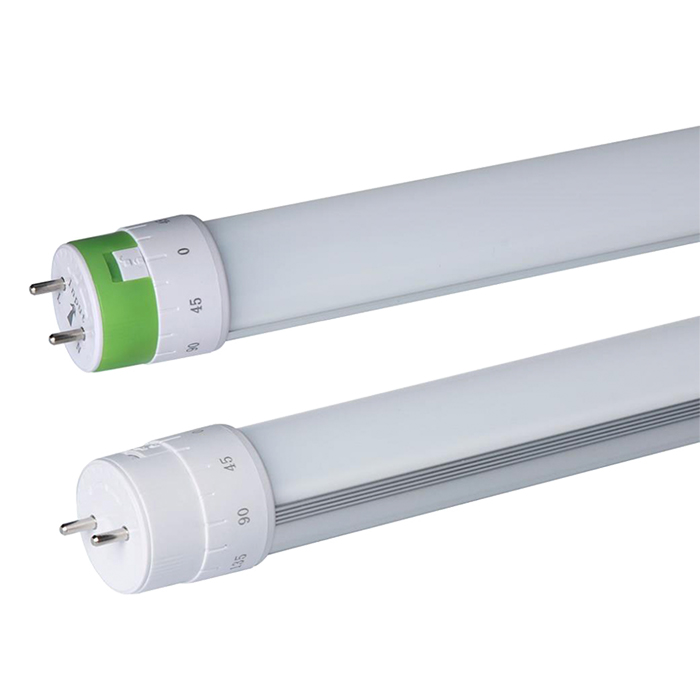As European facility managers wake up to a fluorescent ban, they might be surprised to learn that replacing their lighting tubes might not be as easy as swapping in a same form factor LED version. Rather, they could do better with a different style of LED lighting: integrated luminaires.
That’s the warning issued by Norwegian vendor Glamox. Full disclosure: the Oslo-based LED lighting company sells integrated luminaires — fixtures with LED chips mounted on a circuit board. It does not offer LED tubes. So it’s no surprise that Glamox is generally advising against tube-for-tube swaps. China Led Linestra Suppliers

Glamox CEO Astrid Simonsen Joos summed up the prospects should an end user decide to replace a failed T5 or T8 fluorescent tube in an existing tube-style luminaire with a T5 or T8 LED.
“Be aware that the electronics in most luminaires are not optimized for LED technology, which could result in the light output and life of the LED being impacted,” she said in a press release that Glamox released recently. “Furthermore, in most cases, dimming won't be possible, and the luminaires will no longer be CE compliant.” CE is roughly the European safety equivalent of the U.S.’s UL mark.
Simonsen Joos made those remarks a couple of weeks ago, as a Feb. 25 E.U. ban on long-life T5 and T8 fluorescent tubes was about to take hold. The EU’s ban on standard-life versions of the same tubes hits on Aug. 25. The outlawing of fluorescent tubes and bulbs falls under a directive known as RoHS — Restriction of Hazardous Substances, which in the case of fluorescent lighting refers to mercury.
While tube vendors might take issue with some of the claims, Glamox insists that an LED tube in a fluorescent fitting would compromise the quality of the LED both in light output and in longevity. That’s because the fittings lack heat sinks that keep the temperature of the tube cool, according to Anders Bru, end user sales manager for Glamox.
“Normally heat sinks are a part of the luminaire, and not of the light source,” Bru said in an interview with LEDs Magazine. “The LED tube is designed for a certain ambient temperature, and if the levels are higher, then the lifetime will go down.”
He stopped short of saying the overheating would represent a fire hazard. But he noted that an LED tube in a fluorescent fitting would fail CE parameters for electromagnetic radiation. The combination would thus be ill-advised in settings like hospitals and robotic factory floors, where electromagnetic interference with equipment could become an issue.
Furthermore, a dimmable LED tube would only be dimmable in the existing fitting if dimming-related electronics were already in place.
Regardless of whether end users go for integrated luminaires or LED tubes, it is essential that they start planning now. Many remain unaware of the ban, even though fluorescent tubes provide the lighting in what Glamox says is about 70% of Europe’s commercial offices. Continuing to use those lights remains legal, but it will be against the law for vendors to sell new ones. That could leave users in the dark once their existing fluorescents expire.
“Across Europe, enterprises of all shapes and sizes will have to grapple with these options as they decide to replace the millions of fluorescent tube luminaires in offices, car parks, hospitals, schools, on ships, in fact everywhere,” CEO Simonsen Joos said. “From 25 August, there will be no new T5 and T8 fluorescent tubes placed into the E.U. market. Existing stock may be sold but when it runs out, the familiar linear fluorescent tube will be confined to the waste bin of history. Some businesses have started hoarding fluorescent tubes in hopes of postponing upgrades to their building lighting.”
Simonsen Joos advocates replacing fluorescent tubes with integrated LED luminaires, and is encouraging end users to make the additional leap of purchasing internet-connected luminaires. Such IoT lighting can increase the energy efficiency of already efficient LED luminaires. It can also provide many other benefits, as data collected and transmitted by sensor-equipped luminaires can help with asset tracking, space utilization, and other operations. She refers to IoT luminaires as “third option,” with tubes being one and non-IoT integrated luminaires being the other.
“The third option is to replace your old luminaires with smart luminaires that are securely networked and wirelessly controlled,” Simonsen Joos said. “Those with sensors in them can detect people and automatically switch on the lights and dim them down and switch them off when people leave. Sensors can also detect daylight — providing illumination only when needed. Furthermore, each luminaire can report on its status, health, and the amount of electricity it consumes. Such connected lighting uses up to 90% less electricity than conventional lighting. It also offers the means to work smarter. Occupancy data from the sensors can inform how a building is being used.”
The IoT lighting message is one that the industry has been trying to convey for a decade or so. It has progressed slowly. Like Glamox, Swedish vendor Fagerhult has also expressed hope that the RoHS directive, with its impetus to move to LED lighting, could catalyze connected lighting.
MARK HALPER is a contributing editor for LEDs Magazine, and an energy, technology, and business journalist (markhalper@aol.com).

China LED Lawn Lighting For up-to-the-minute LED and SSL updates, follow us on Twitter. You’ll find curated content and commentary, as well as information on industry events, webcasts, and surveys on our LinkedIn page and our Facebook page.